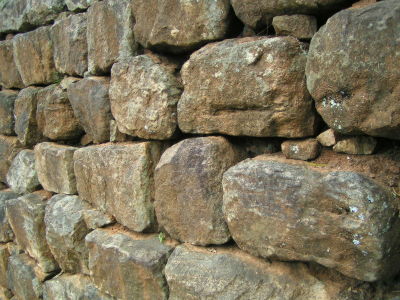What exactly are Gunegne and undulating brick walls in England?

In some parts of England, a number of brick walls that continue in waves are installed. At first glance, these walls seem to require more bricks than a straight wall, but they actually require less when it comes to durability. Online media Twisted Sifter introduces the secrets of these walls.
Popularized in England, These Wavy Walls Actually Use Fewer Bricks Than a Straight Wall » TwistedSifter
The wavy wall that exists in Suffolk, England is called ' crinkle crankle wall ' in English. Crinkle means to wave and crankle means to bend, but the two words are used almost interchangeably. Since 'crinkle crankle' sounds similar, it is commonly believed that it is a duplication of words such as 'zigzag' and 'tick tock,' or that it is derived from the Suffolk dialect.


It is unknown why the wavy wall was made, but it is an architectural style that was also seen in Egypt from 1386 to 1353 BC in the era of Amenhotep III. One theory is that they were used to disrupt the formation of the attacking enemy and make it easier to counterattack.


Curved walls are more resistant to lateral forces than straight walls. Although it depends on the arc length of the wavy wall, a wavy wall that is one brick thick uses more bricks per unit than a straight wall that is two bricks thick. In some cases, the amount can be reduced by 50%.


There are countless such walls in Suffolk, and over 100 types of crinkle crankle walls can be seen at

Related Posts:
in Design, Posted by log1p_kr







